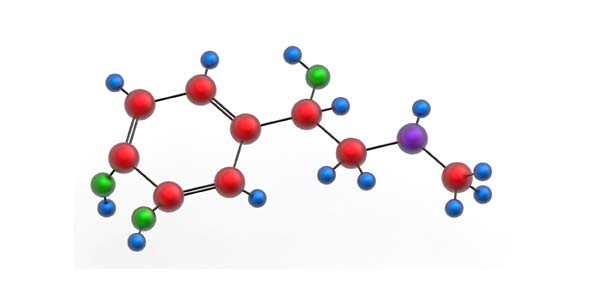Related Flashcards
Related Topics
Cards In This Set
| Front | Back |
|
Define catabolic pathways.
|
"breakdown pathways" - Releases energy by breaking down complex molecules to simpler ones.
|
|
Define anabolic pathways.
|
Construct molecules from smaller units. Consume energy to build complicated molecules.
|
|
Explain the role of catabolic and anabolic pathways in the energy exchanges of cellular metabolism.
|
They are the "downhill" and "uphill" avenues of the metabolic map - energy released from the downhill reactions of catabolic pathways can be stored and then used to drive the uphill reactions of anabolic pathways.
*Catabolic releases energy - Anabolic consumes energy |
|
Explain the first and second Law of Thermodynamics.
|
FIRST = energy can be transferred and transformed, but it cannot be created or destroyed
SECOND = every energy transfer or transformation increases the randomness (entropy) of the universe |
|
Explain why highly ordered living organisms do not violate the Second Law of Thermodynamics.
|
"During the early history of life, complex organisms evolved from simpler ancestors"
The entropy of a particular system, such as an organism, may actually decrease as long as the total entropy of the universe increases. (Evolution of biological order is perfectly consistent with the law's) |
|
Define and Explain the usefulness of free energy.
|
Free Energy = Portion of a systems energy that can perform work when temperature and pressure are the same throughout the system [as in the living cell] "Energy is available"
Usefulness; Helps in a systems stability and equilibrium |
|
Describe the function of ATP in the cell.
|
(Energy used) by organisms to perform cellular work, represents potential energy, couples anabolic and catabolic reactions
|
|
Describe the role of ATP in coupled reactions.
|
Responsible for mediating most energy coupling in cells - the idea is to couple a synthetic reaction with another reaction that converts ATP to ADP and gives up some extra energy that is needed for the synthesis
|
|
List the 3 components of ATP and identify the major class of macromolecules to which it belongs.
|
Sugar RiboseAdenine (nitrogenous base)3 Phosphate Groups
- Nucleotide |
|
Explain how ATP performs cellular work.
|
The cell's proteins harness the energy released during ATP exergonic hydrolysis - leads to either chemical, transport or mechanical work
|
|
Describe the energy profile of a chemical reaction; (including activation energy, free energy change, and transition state).
|
Sugar molecule is broken down into simpler molecules. Activation energy; amount of energy that reactant molecules must absorb to start a reaction - Free energy change; difference in free energy between products and reactants - Transition state - unstable condition of reactant molecules that have absorbed sufficient free energy to react
|
|
Explain the induced fit model of enzyme function and describe the catalytic cycle of an enzyme.
|
(Glucose) glucose then binds, then into an induced fit where ATP binding is enhanced, then goes to products released then into an enzyme that becomes available again
|
|
Explain how substrate concentration affects the rate of an enzyme-catalyzed reaction.
|
As the concentration of substrate increases, the rate of reaction also increases until the point saturation occurs.
|
|
Define metabolism - (function, as well)
|
Totality of an organism's chemical reactions
|
|
Explain how temperature and pH affect enzyme activity.
|
Temperature; The rate of enzymatic reaction increases with increasing temperature - because substrates collide with active sites more frequently when the molecules move rapidly.
pH; Enzymes cannot function at too high or too low a PH. Too acidic solutions means the H+ ions interfere with the enzymes amino acid sequence, causing the enzyme to change shape and become denatured. |





